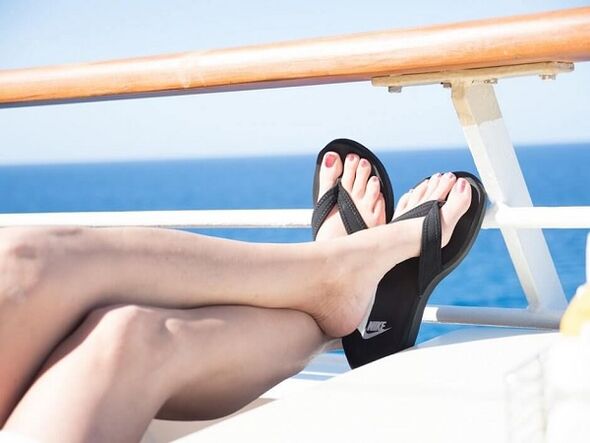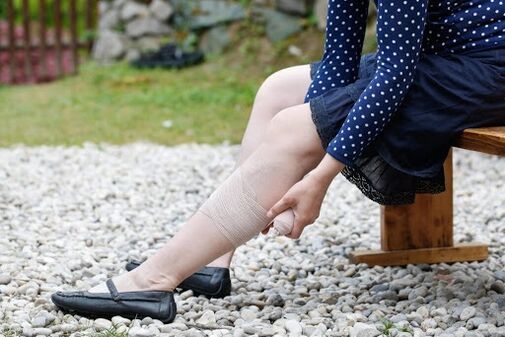Prevention of varicose veins of the legs (lower extremities) allows you to avoid the early development of symptoms of chronic venous insufficiency and live a full life. Many people would like to avoid the development of venous pathology. However, few people are involved in the prevention of varicose veins. Current statistics and observations of professionals show that even those patients who do not have a hereditary factor are susceptible to varicose veins. Therefore, it is necessary to start the prevention of varicose veins of the lower extremities long before the first symptoms of venous insufficiency appear.

Needless to say, when chronic heaviness occurs, evening swelling of the lower extremities, visible varicose veins, it is necessary to contact a specialist in the treatment of veins, phlebologist.
What does the modern prevention of varicose veins of the lower extremities include:
- Physiologically sufficient physical activity. Hiking, swimming, cycling are useful. These types of exercise involve the gastrocnemius muscle, which maintains the necessary tone of the venous system of the lower extremities.
- Proper, balanced diet. The necessary amount of protein, fat, carbohydrates, vitamins and trace elements must enter the body daily.
- The use of compression knitwear for excessive and static loads, as well as for air transport.
- Preventive visit to a phlebologist to monitor the condition of the venous system.
By following these simple rules, you can keep your legs healthy and beautiful for a long time.

Various ointments, creams, and baths with herbal decoctions can provide some pleasure, but can not prevent the development of varicose veins. All these influences are not effective prevention of varicose veins of the legs (lower extremities). Do not think that the prevention of varicose veins can completely prevent the development of the disease. There is absolutely nothing in this world. Nevertheless, the prevention of varicose veins can give many years of life without symptoms of the disease.
Patient questions for the prevention of varicose veins of the lower extremities
What can't be done with varicose veins in the legs?
With varicose veins of the lower extremities, you cannot do the following:
- Visit the bathroom and sauna. If you have varicose veins, thermal exposure can cause thrombophlebitis and deep vein thrombosis.
- Prolonged stay in a static position, long walks, climbing mountains can cause the development and rapid progression of chronic venous insufficiency.
- It is also better to postpone laser hair removal and massage in the lower extremities until the problem of varicose veins is solved.
What exercises cannot be done for varicose veins of the legs?
With varicose veins (varicose veins) of the legs you should not practice exercises associated with intense strain on the lower extremities. Even brisk walking and running with good sports shoes, which train the calf muscles and relieve the veins of the lower limbs, can have adverse effects. Namely: provocation of an inflammatory reaction and development of thrombophlebitis. It is also worth avoiding as long static loads as possible (standing or sitting). Exercises such as deadlifts, squats with weights are strongly contraindicated for patients with varicose veins. Adequate stress on healthy veins is mandatory, but varicose veins are different. It is much easier to treat varicose veins and exercise than to treat the complications of varicose veins for the rest of your life.
Contraindications for varicose veins of the lower extremities?
In varicose veins of the lower extremities are contraindicated:
- Intense physical activity of the lower extremities, static load.
- Bath and sauna, tan.
- Packaging and depilation.
Folk and other drugs with a dubious reputation are also contraindicated in varicose veins of the lower extremities.
How to prevent varicose veins in the legs when standing up?
The only really effective method to prevent varicose veins of the lower extremities during upright work is good compression therapy. It is recommended to use for this purpose socks of class 2 of compression or high to the knee. Special exercises to engage the calf during the working day will also be useful.
Ointment for veins and blood vessels of the legs, which is better? Modern ointments used for varicose veins have a different composition and accordingly pursue different tasks. Leading phlebologists most often use the following ointments in their practice: containing heparin (lyoton, heparin), anti-inflammatory drugs (diclaque, voltaren) or combined (detragel). You should not overestimate the effect of varicose veins ointments, but find a good doctor who will help you deal with the disease.












































